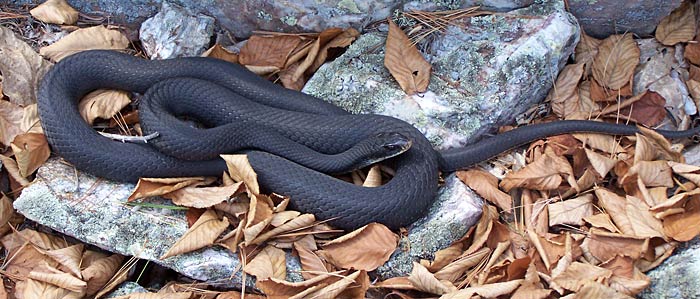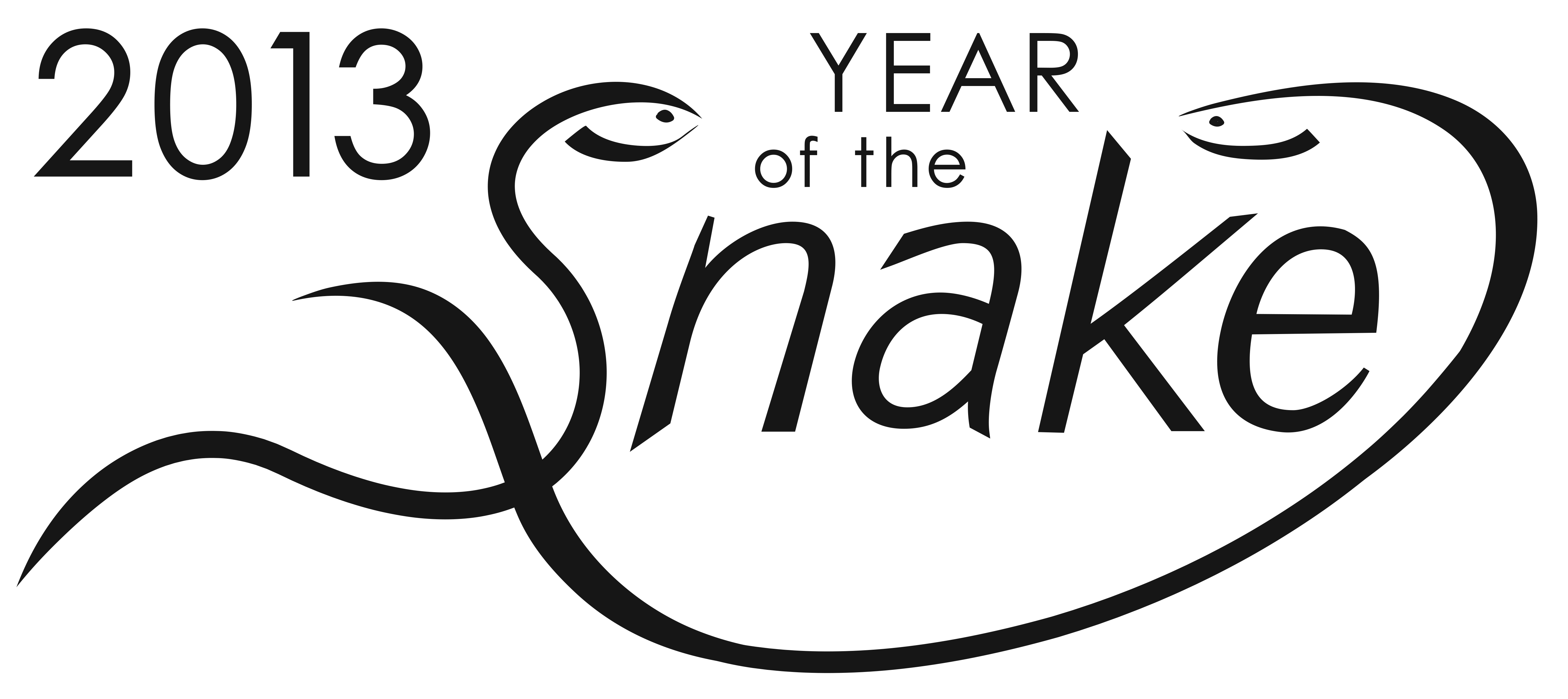 Lots of state wildlife agencies have residents counting turkey broods, and New Hampshire does too. But, says an article in the Eagle-Tribune, the New Hampshire Fish and Game Department has also been successful getting residents to survey the state’s dragonflies and its reptiles and amphibians.
Lots of state wildlife agencies have residents counting turkey broods, and New Hampshire does too. But, says an article in the Eagle-Tribune, the New Hampshire Fish and Game Department has also been successful getting residents to survey the state’s dragonflies and its reptiles and amphibians.
The dragonfly count has been good news for the scarlet bluet, a rare damselfly that had only been spotted in the state five times before. During the citizen science dragonfly survey, there were 40 reports of the species, the article says.
“It was incredible,” Preston said. “We know so much more about dragonflies than we ever have before,” Emily Preston, a wildlife biologist for New Hampshire Fish and Game is quoted as saying in the article.
Citizen surveys of reptiles and amphibians have also turned up new locations for the endangered Blanding’s turtle and the threatened black racer, a snake.
Butterflies may be next, the article says.
Read the Eagle-Tribune article here.
Photo: Black racer, courtesy of NH Fish and Game


 Non-native Burmese pythons are disrupting the south Florida ecosystem by devouring native wildlife.
Non-native Burmese pythons are disrupting the south Florida ecosystem by devouring native wildlife.